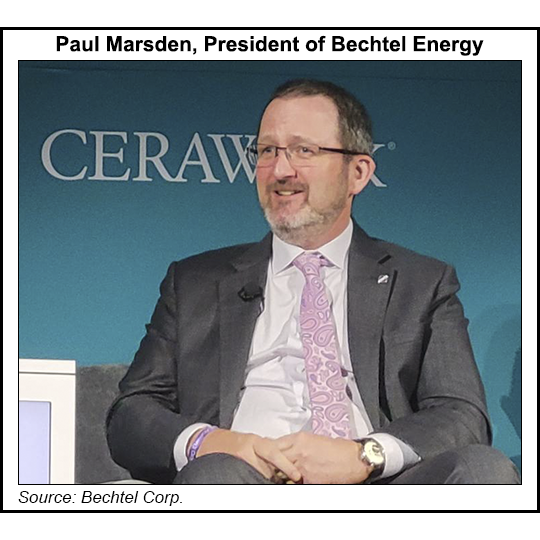LNG | Infrastructure | LNG Insight | NGI All News Access | Shale Daily
Bechtel Adapting to Workforce Shortage While Tackling Bevy of LNG Projects in Tight Labor Market
© 2024 Natural Gas Intelligence. All rights reserved.
ISSN © 1532-1231 | ISSN © 2577-9877 | ISSN © 2158-8023 |



